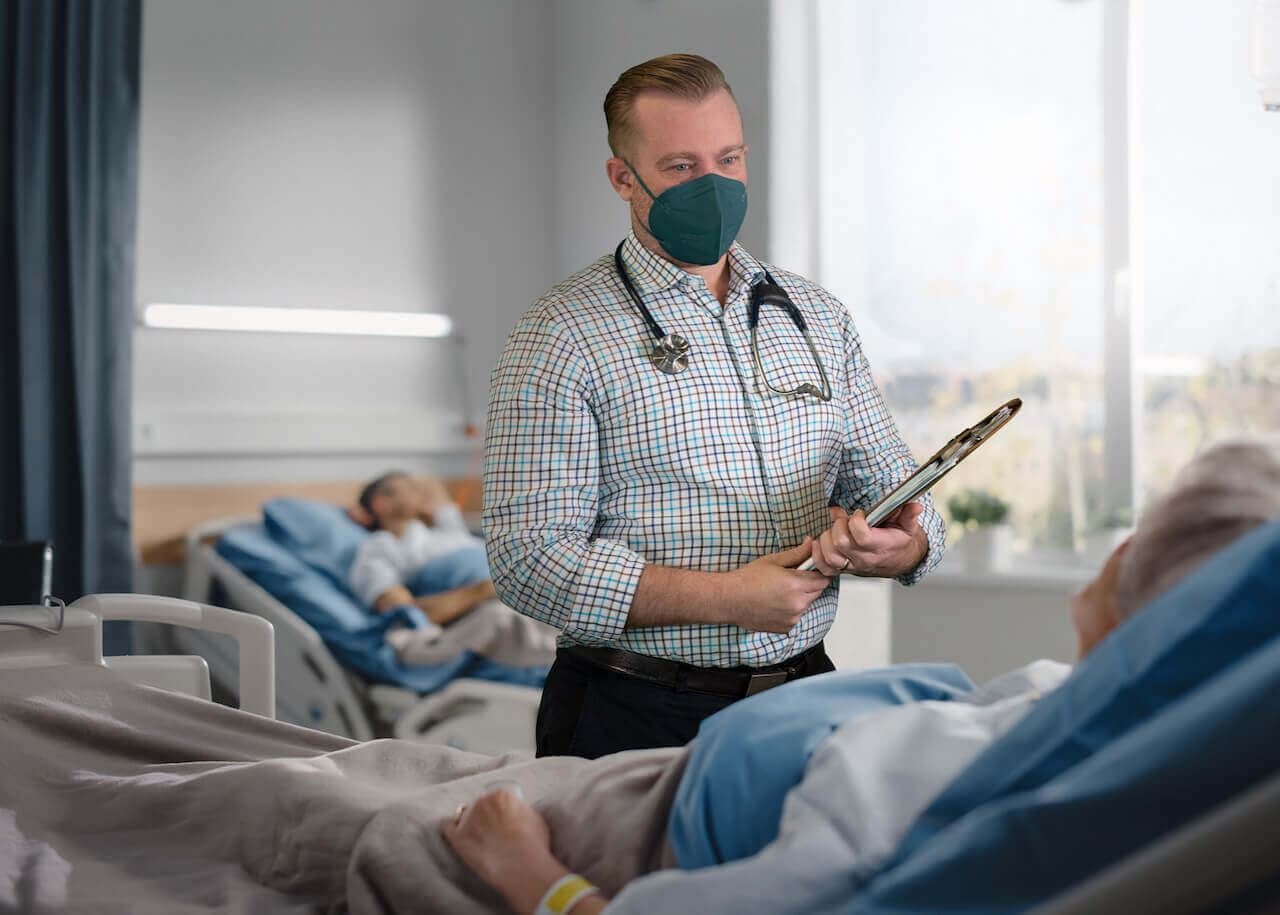28-Aug-2022
The Benefits of ViraCoat’s Masks in Healthcare Settings

Personal protective equipment (PPE) in healthcare settings has been talked about a lot in the media recently. In the early stages of the COVID-19 pandemic, there were mass shortages across the globe with the general public being urged not to buy the much-needed equipment for themselves. Once production was increased exponentially to meet demand, that PPE then turned into tonnes of medical waste.
PPE in healthcare is, of course, a necessity – not only can it help protect healthcare workers from being infected, but it also helps prevent them from transferring viruses and bacteria between patients. However, due to the way it’s constructed and how it needs to be used, it places a significant burden on waste systems and bank accounts.
ViraCoat’s innovative Neutrapodal™ Technology can help relieve both of these problems.
ViraCoat’s PPE for Healthcare Workers
With the considerable variability of healthcare settings, the choice of when and what type of PPE to use will change. Depending on the conditions, PPE for nurses, doctors, and even orderlies and cleaners can include everything from surgical masks to respirators, gloves, goggles, gowns, and face shields.
Our face masks are currently available and are embedded with our Neutrapodal™ Technology. Due to their construction, they’re able to be used for longer periods of time and will still maintain their efficacy. This even includes them being removed and put back on – a situation that would typically mean a new mask is required.
We’re also in the process of improving other forms of PPE using the same method. Hospital gowns in particular can easily be embedded with our coating. With some adjustments it can also be applied to hard surfaces such as those on goggles and face shields.
The Potential Cost and Waste Savings with our Neutrapodal Technology
ViraCoat’s masks can reduce mask usage from between 4 to 8 masks per average nurse’s shift down to between 1 and 3 masks.
A change like this could reduce the amount of waste produced per nurse and save up to 87.5% on the cost of masks per year. And this is just when applied to face masks.

